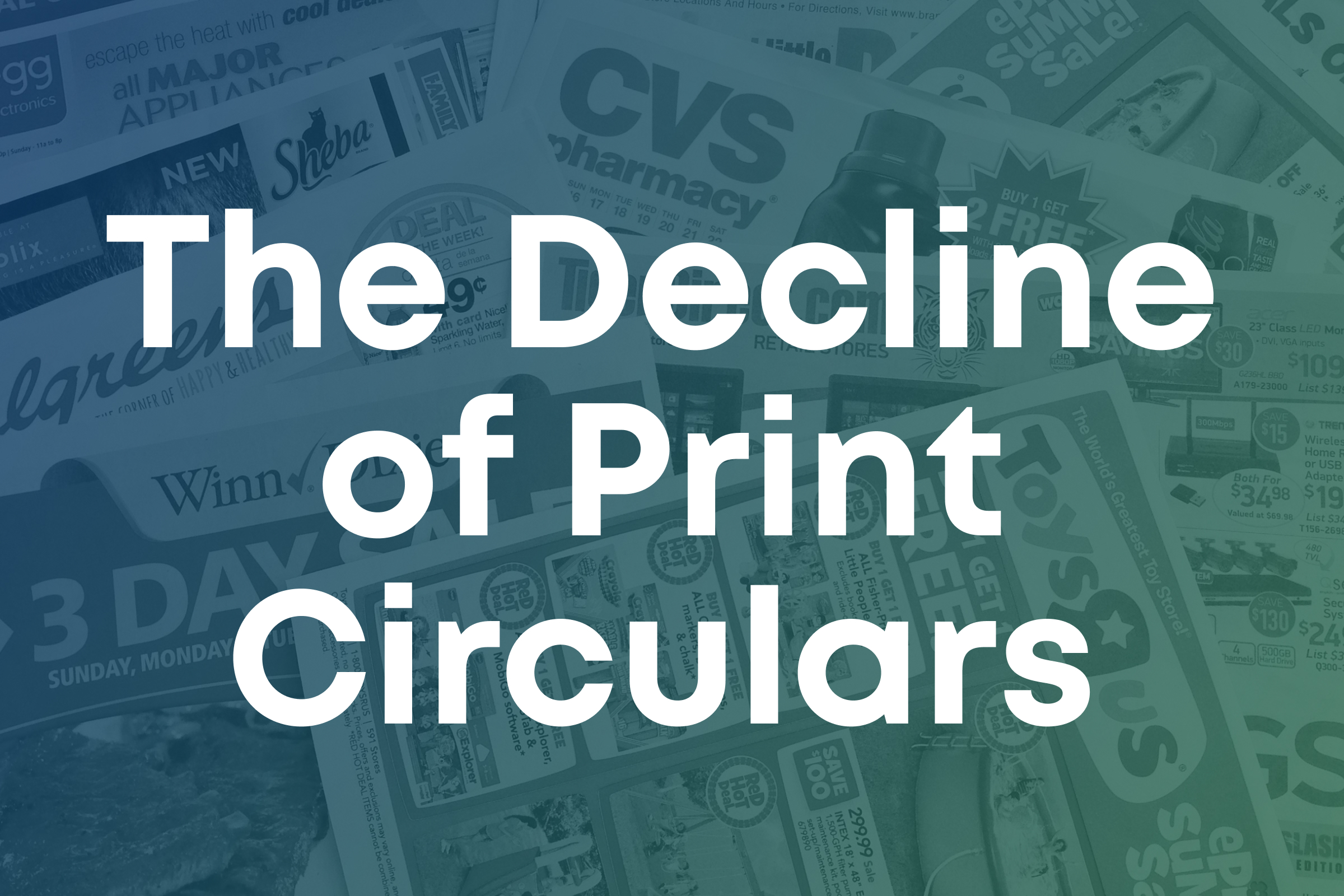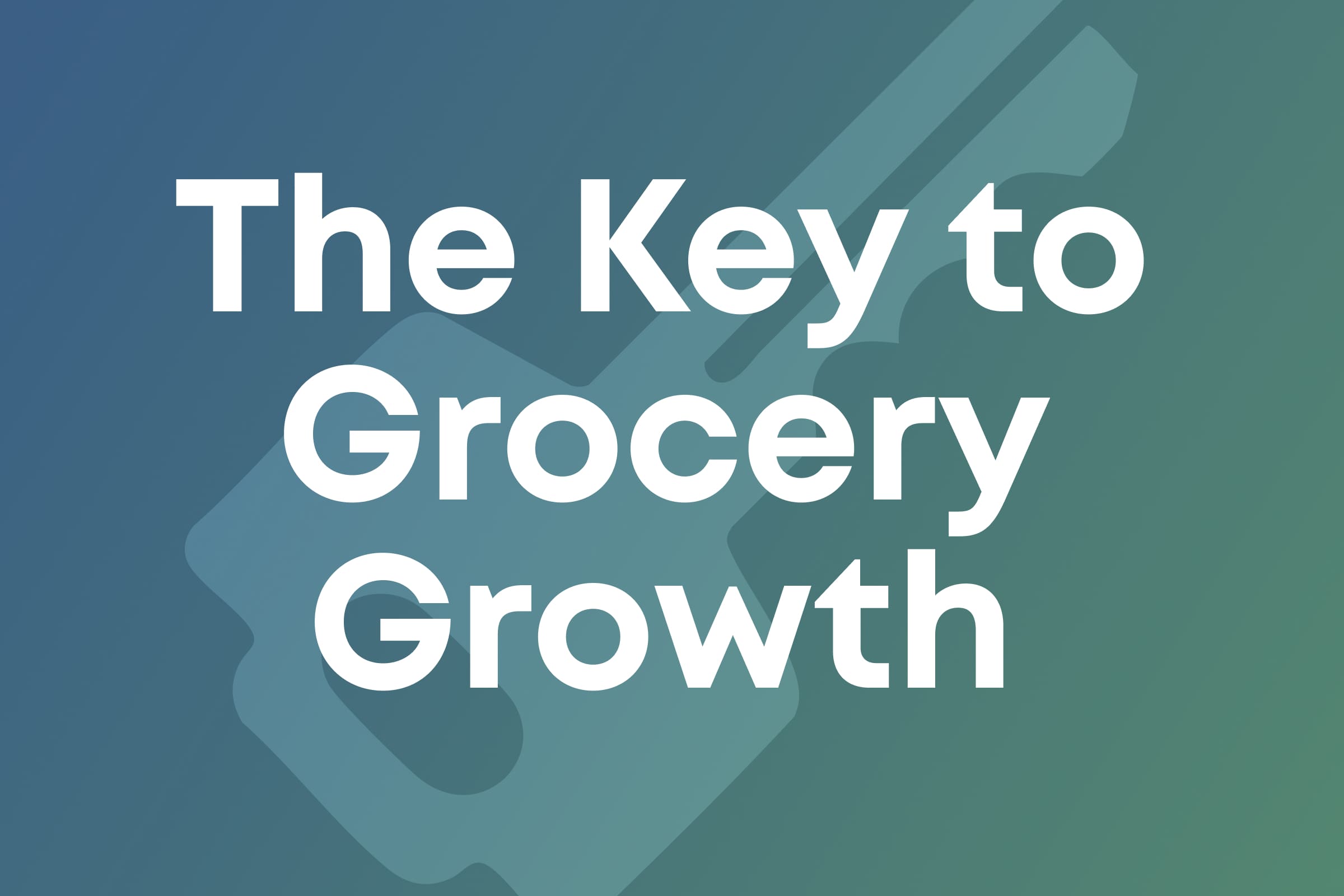10 Reasons Retailers Must Embrace Digital Transformation
Henry Kim
Consumer behavior is evolving—prompting change in today’s retail landscape. Prior to the pandemic, the retail industry at large was already shifting from in-store and e-commerce platform silos toward an omnichannel future. The need for digital transformation has accelerated considerably over the last two years in response to consumer trends driven by post-pandemic shopping options, rising inflation, and supply chain issues.
Surveys indicate shoppers choose online channels for convenience (a 14% increase from 2020-2021), though they still prefer the in-store experience—the feel of an avocado in their hands, the ability to compare steaks, and the immediacy of satisfying their sweet tooth with a freshly-baked donut. Shoppers also appreciate the human experience — asking the butcher questions, socializing with the cashier, or running into neighbors — so much so that 90% of shoppers still prefer to purchase in-store.

Retail mobile applications have emerged as the future of e-commerce growth, with 14% of shoppers expected to increase their in-store use of this channel this year— primarily for features like digital coupons, inventory updates, product location, tailored promotions, and self-checkout. In fact, the number of consumers shopping with a mobile app is expected to triple over the next two years. Mobile grocery shoppers boast a conversion rate 3x that of desktop shoppers, view 4.2x as many products, and spend 6x more time engaging with the store brand.
This presents today’s brick-and-mortar retailers with a massive opportunity. Retailers with an established physical presence can amplify their competitive advantage with the addition of a digital retail strategy.
Why Retailers Must Embrace Digital Technology
By connecting digital with in-store experiences, retailers can keep pace with evolving consumer expectations and position themselves to survive and thrive.
1. The retail industry as a whole is going digital
McKinsey’s latest US Consumer Sentiment research revealed that 77% of consumers tried new shopping behaviors last year, primarily driven by a need for value, convenience, and availability.
During the pandemic, retailers adapted quickly to keep pace. VisaNet found that 1 in 3 large retailers expanded their digital presence — and 1 in 4 small businesses did the same. In 2020, 7% of these companies made their first online sale. Retailers with a digital presence performed 20-30% better than peers who did make the shift.
The proliferation of digital retail platforms usher in the demand for a new omnichannel experience that caters to customer needs, preferences, and expectations, whether they choose to shop online, with a retail mobile application, or in-store.
2. Digital shopping is a growing trend that's here to stay
Prior to the pandemic, analysts initially predicted retail e-commerce to grow steadily to 24% of market share by 2024. When the pandemic hit, retail e-commerce platform use skyrocketed from 16% to 33% penetration, achieving 10 years’ of growth in three months, according to McKinsey. Even grocery retail e-commerce, which had been a relatively slow adopter, experienced five years of growth in five months. This year, digital will comprise 11.2% of the $1.32 trillion in U.S. grocery sales—a share that lags behind digitally mature retail categories, but one that indicates the sheer size and potential of the market nevertheless.
Though total retail e-commerce platform use dipped down to 14.3% in the first quarter of 2022 as more shoppers return to in-store shopping, overall spending is expected to surpass $1 trillion this year, indicating interest and willingness to continue using multiple channels to buy, especially as new technologies make it easier to do so.
3. Grocery chains are leveraging technology to increase trust
Amazon shook up retail with quick deliveries, personalized shopping recommendations, and a unified shopping experience between their website and retail mobile application. Grocery chains like Kroger and Whole Foods (acquired by Amazon) are among the most trusted retailers in the United States because their brick-and-mortar locations connect with shoppers who place less confidence in online-only merchants.
4. Improving the in-store shopping experience with a mobile app allows users to:
- Redeem digital coupons, access loyalty program points, and view digital circulars
- Access product specifications, comparisons, and personalized recommendations
- Order out of stock items or sign up for subscription drop shipping
- Use mobile-checkout to skip long lines in store
With further investments in digital tech, grocery executives expect e-commerce penetration to more than double , rising from 11% penetration in 2021 to 23% by 2026.
5. A digital technology platform helps retailers overcome today’s challenges
Inflation and supply chain woes aren’t resolving as quickly as retailers would have liked. The reality is that they’ll need to amplify customer loyalty, find new revenue streams, increase process efficiencies, and take advantage of technology solutions like mobile checkout—to get ahead.
6. Digital tools increase customer revenue
In addition to driving revenue through online purchases, omnichannel shopping increases in-store revenue through greater purchase frequency, bigger basket sizes, and higher lifetime customer values. While the average customer retention rate of in-store-only shoppers is 63%, the retention rate for omnichannel shoppers is 71%. Omnichannel shoppers become primary customers at nearly twice the rate of in-store-only customers (22% vs. 13%, respectively). The average basket size of an omnichannel buyer is also 20% larger than the in-store-only shopper, so it pays to target this lucrative demographic.
7. Customers aren’t the only way retailers make money
Advertising partnerships have grown more lucrative now that cookie-based targeting is ending. Business owners that invest in a retail mobile application supporting retail media advertising create additional revenue streams from brand partners looking to gain access to consumers on-the-go or at the point of purchase. Brands spent over $5 billion on retail media networks in 2020, which presents a tremendous opportunity for retailers to monetize their unique audiences.
8. Industry leaders embrace digital transformation
It’s no surprise that the U.S. supermarket chains landing among the Top 13 Global Retailers list—BJ’s, Costco, Hy-Vee, Albertsons, Kroger, Giant, Publix, Target, Walmart, and Wegmans—are also the brands who have the strongest foundation in digital capabilities. Incisiv found that retailers who most adopted table-stakes capabilities and differentiators grew revenues by 11% last year, compared to 2% growth among the laggards.
Consider What’s Possible with Digital Transformation in retail:
- Walmart $572.8 billion (0.6% CAGR)
- Amazon $469.8 billion (27.5% CAGR)
- Kroger $137.9 billion (3% CAGR)
- Target $106 billion (9.9% CAGR)
- Albertsons $71.9 billion (4.7% CAGR)
Industry leaders aren’t the only ones who can create this success. Tools and technology help democratize retail media revenue and online shopping capabilities for every retailer, big and small. CISCO found that 63% of small businesses that have reached the highest level of digital transformation were either “thriving” or “growing” after the pandemic hit, realizing up to 8x greater revenue. Every retailer has the opportunity to get in the game and compete, with returns coming fast. Forrester found that most retailers had retail media margins ranging from 50-70%, and a quarter of retailers generate over $100 million in ad revenue from their networks.
9. Consumers have become hybrid shoppers
Brands and retailers must support this flexibility. The main drivers of e-commerce platform growth during COVID-19 may have been safety and convenience, but McKinsey and Winsight Grocery Business found that consumers also love digital retail platform features like search and discovery, product comparisons, expanded assortments, personalized promotions, and seamless checkout. By aligning with these values, grocers can position themselves for success—as long as they keep consumer experience at the forefront. They have something online e-commerce giants don’t: a physical presence. And it’s much easier for brick-and-mortar retailers to add technology than it is for e-commerce companies to establish a bunch of physical stores. Shoppers also love grocers that make their trips easier by delivering recipes, coupons, product information, and self-scan technology to the palms of their hands.
10. New shoppers increasingly expect tech-enhanced experiences
While 2020 was a watershed year with a 42.6% increase in first-time online grocery purchasers, the majority of online grocery buyers have historically fallen into the millennial category. Each successive generation produces more digitally intuitive shoppers who are eager to adopt new retail-tech features and conveniences. With shoppers who have been raised on digital experience, there’s no turning back now.
Accelerate Digital Transformation with Swiftly
The pandemic created opportunities for many brands and retailers, but not all businesses fared equally well. Save-A-Lot, one of the laggards in retail mobile application investment, sold 300 locations to independent retailers. Giant Eagle, Piggly Wiggly, and Shnucks are other supermarkets that might not survive the year.
To avoid obsolescence, retailers must embrace digital transformation. Luckily, they don’t have to do it alone, they can take advantage of tailored, turn-key solutions. For example, a Swiftly-powered mobile app creates an omnichannel shopping experience that connects shoppers with personalized ads, loyalty programs, coupons, digital shopping lists, advertisements, and more.
Swiftly can help brick-and-mortar retailers deliver a modern experience that leverages the playing field by including innovative digital tools customers want like click-and-collect shopping, drop-ship ordering, and mobile self-checkout so business owners can build on the trust and loyalty they’ve cultivated for years to come.





